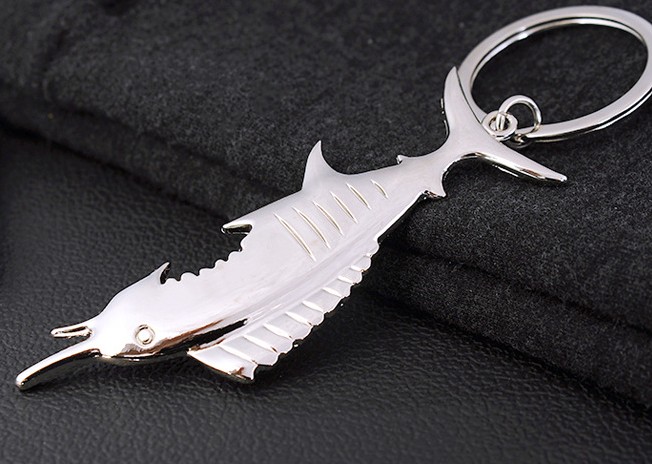What are the precautions for customizing keychains?
Customizing keychains is a meticulous job that requires consideration from multiple aspects to ensure that the final product meets expectations. Here are some key points to pay attention to when customizing keychains:
1. Clarify customer needs
Customer information: Understand the basic information of the customer, including cultural characteristics, market conditions, brand image, etc. This helps designers better understand the needs of customers and design keychains that meet the customer's style.
Purpose: Clarify the purpose of the keychain, whether it is a business gift, conference gift, welfare gift or promotional gift. Gifts with different purposes have different goals and characteristics and need to be treated separately.
Recipient information: Understand the group attributes, consumption preferences, etc. of the recipient. If the recipient is the head of the company, factors such as age, gender, personality, and cultural background also need to be considered.
2. Design details
Appearance design: Ensure that the appearance design of the keychain is attractive and can arouse consumers' desire to buy. Start from the appearance, color, material, etc. to create a beautiful, practical and attractive packaging design.
Structural design: Reasonably design the opening and closing method, internal space and fixing method of the keychain to ensure that the packaging can be opened and closed repeatedly without damage. At the same time, consider the size and weight of the package to save transportation costs and storage space.
Functional design: Add practical functions, such as designing a small pocket for storing change or coins, or designing it to be used as a mobile phone case or card holder. Interactive elements can also be added, such as scanning the code for a lucky draw, etc., to improve the consumer experience and interactivity.
Environmental protection concept: Consider environmental protection factors, choose recyclable and environmentally friendly materials, meet consumers' environmental protection needs, and reflect the brand's social responsibility.
3. Material selection
Common materials: metal (copper, iron, zinc alloy, stainless steel), PVC leather, plastic, crystal, etc. Each material has its advantages and disadvantages, and the appropriate material needs to be selected according to specific needs.
Surface treatment: Metal key chains are usually surface treated, such as nickel plating, copper plating, gold plating, etc., to increase the aesthetic effect and rust and wear resistance.
Cost considerations: The mold opening cost of different materials is different, and the cost-effective material needs to be selected according to the budget.
4. Production process
Clear requirements: When contacting the key chain manufacturer, clearly inform the required series, pattern, color, shape and other specific matters to avoid production results different from expectations.
Drawings provided: If you design the pattern yourself, mark out the various parts of the overall keychain in detail and provide them to the manufacturer to ensure accurate production.
Communication confirmation: During the production process, communicate with the manufacturer in a timely manner to confirm the production progress and quality to ensure that the final product meets the requirements.
5. Quality control
Quality inspection: Ensure that the production staff strictly follows the requirements to ensure the quality of the keychain and perfect details.
Sample confirmation: Before mass production, make samples first, and then carry out large-scale production after the customer confirms that it is correct, so as to avoid rework caused by details.
6. Delivery and logistics
Delivery time: clarify the delivery time and ensure on-time delivery.
Packaging and transportation: reasonably design the packaging to ensure safety during transportation and avoid damage.
Through the above precautions, it can be ensured that the customized keychain not only meets the needs of customers, but also achieves the expected results in advertising effect, quality and function.








